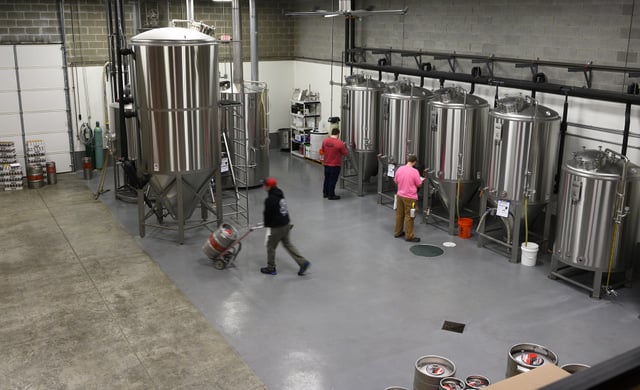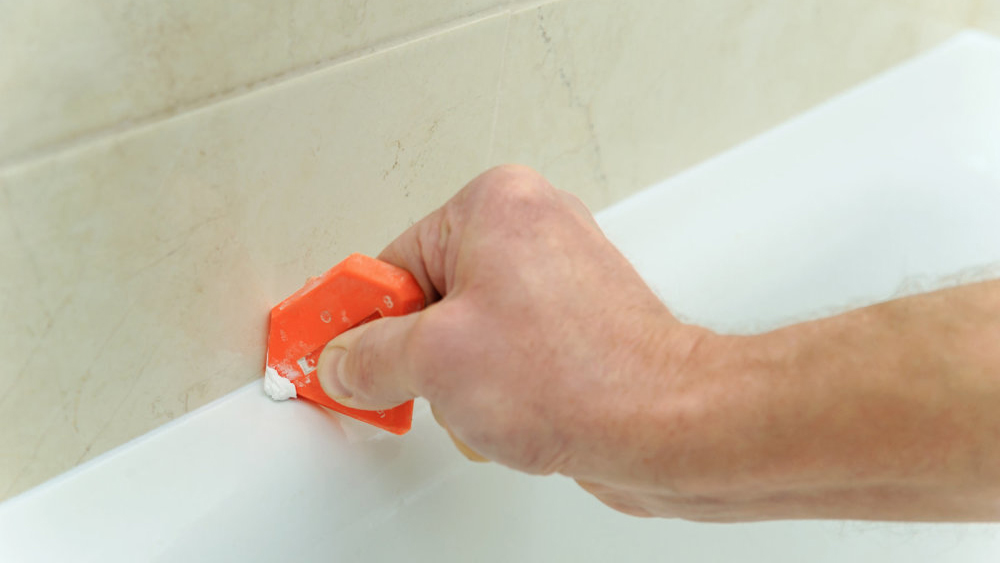The brewing process can take a long time. From malting to fermenting and everything in between, you wait weeks for the perfect beer. Whether poured from the tap or drunk from a bottle, a certain taste and aroma are expected.
To ensure quality and good beer time and time again, you must avoid contamination. You can also browse chemron.com.au/brewery-cleaning-products/ to buy the best brewery cleaning chemicals.

Why are cleaning and disinfection important in the brewing process?
To properly protect your brand, you need to clean and disinfect all brewing utensils. If done perfectly, the taste of your beer will remain stable, while inconsistent disinfection can especially affect the taste of your beer. All brewing utensils, tanks, and pipes must be properly disinfected before, during, and after the cooking process.
What is the difference between cleaning and disinfection?
Cleaning not only removes visible residue but also enhances the look of your brewing utensils. However, this does not reduce the number of microbes present in the cooking zone.
Remediation is a process in which 99.9% of surface pollution is destroyed in a short period of time. To save time and money, many breweries use a no-rinse disinfectant during the brewing process.
There are many disinfectant cleaners you can buy that are safe for food and drink that use hydrogen peroxide and acetic acid to kill many forms of bacteria in just two minutes.
